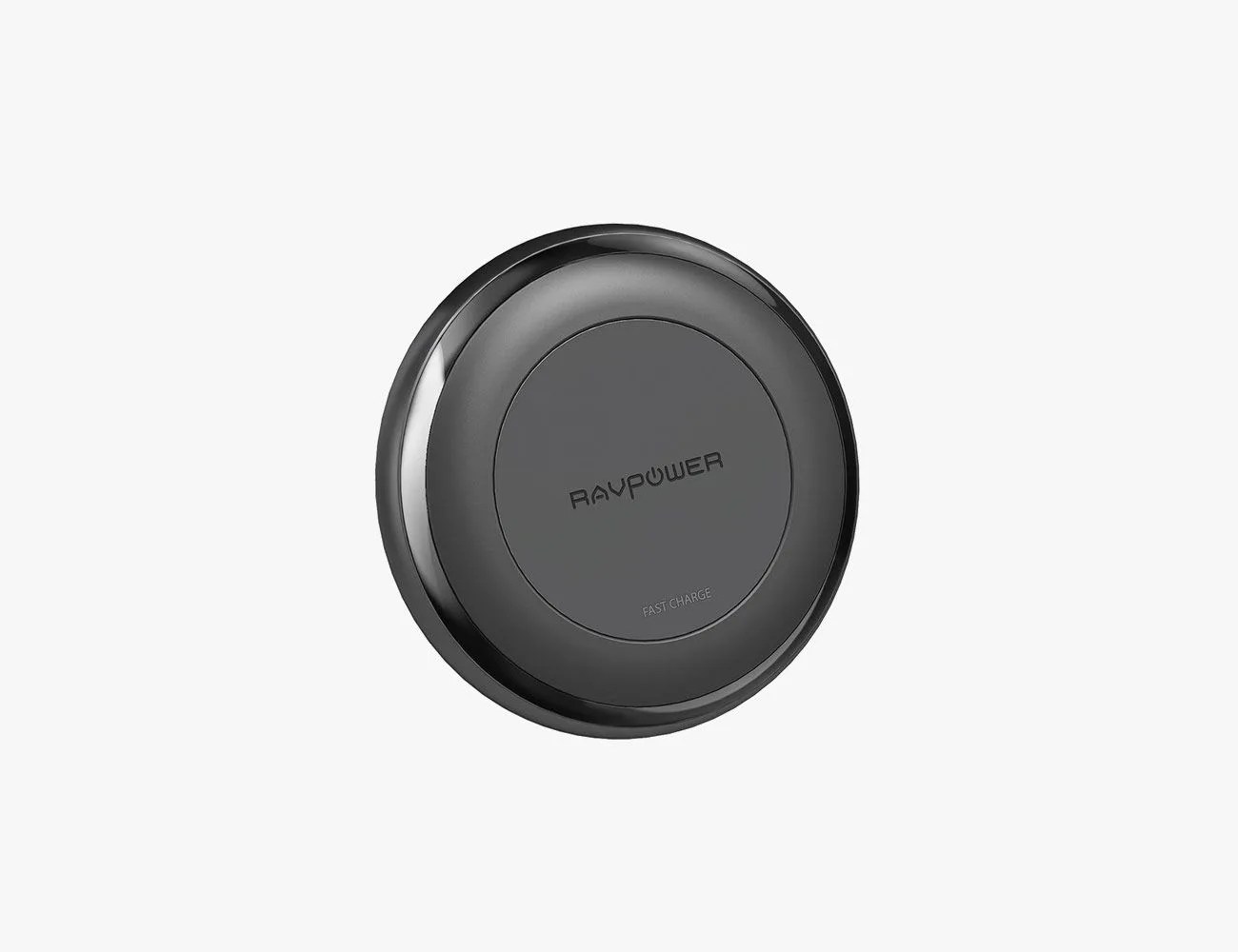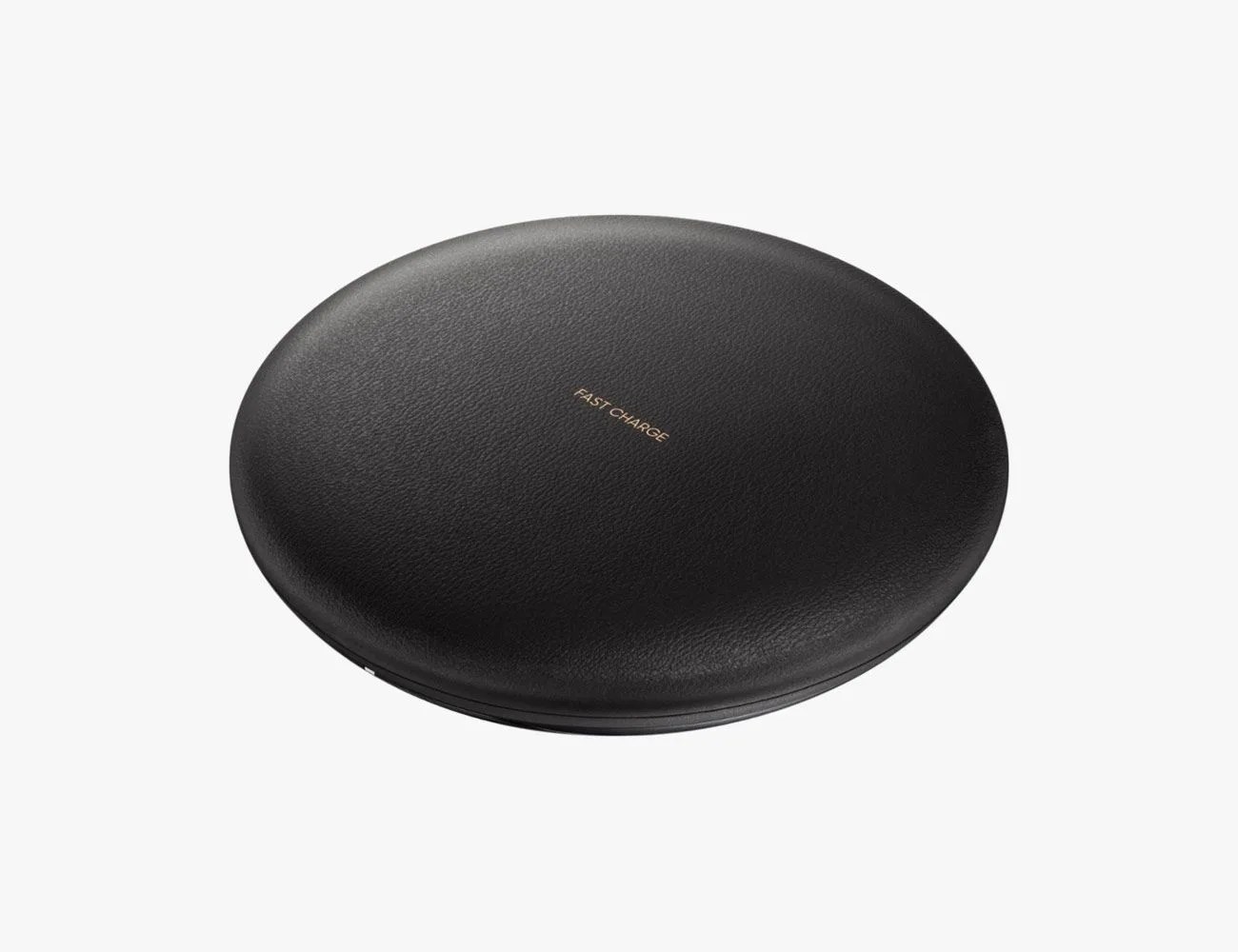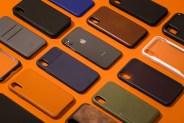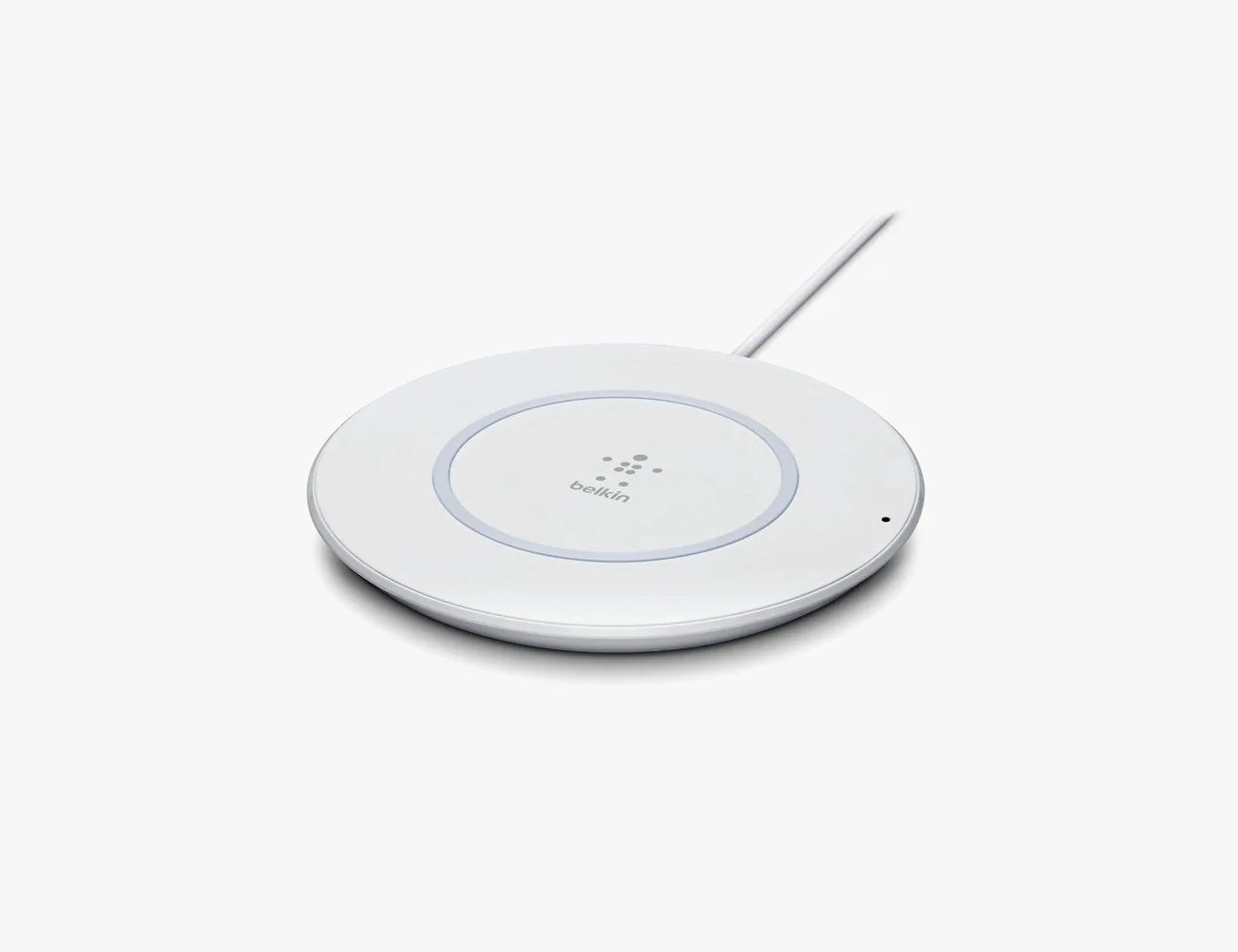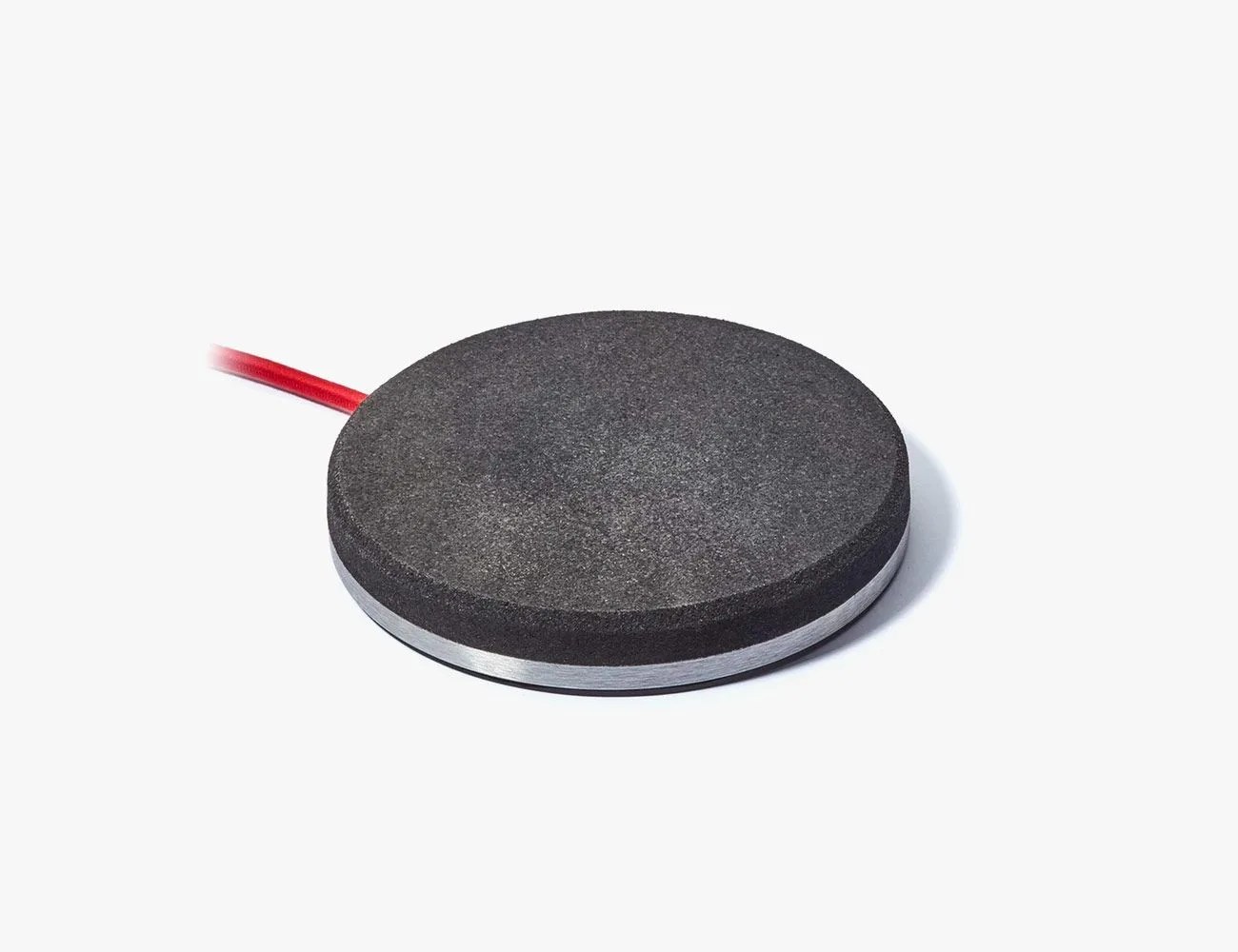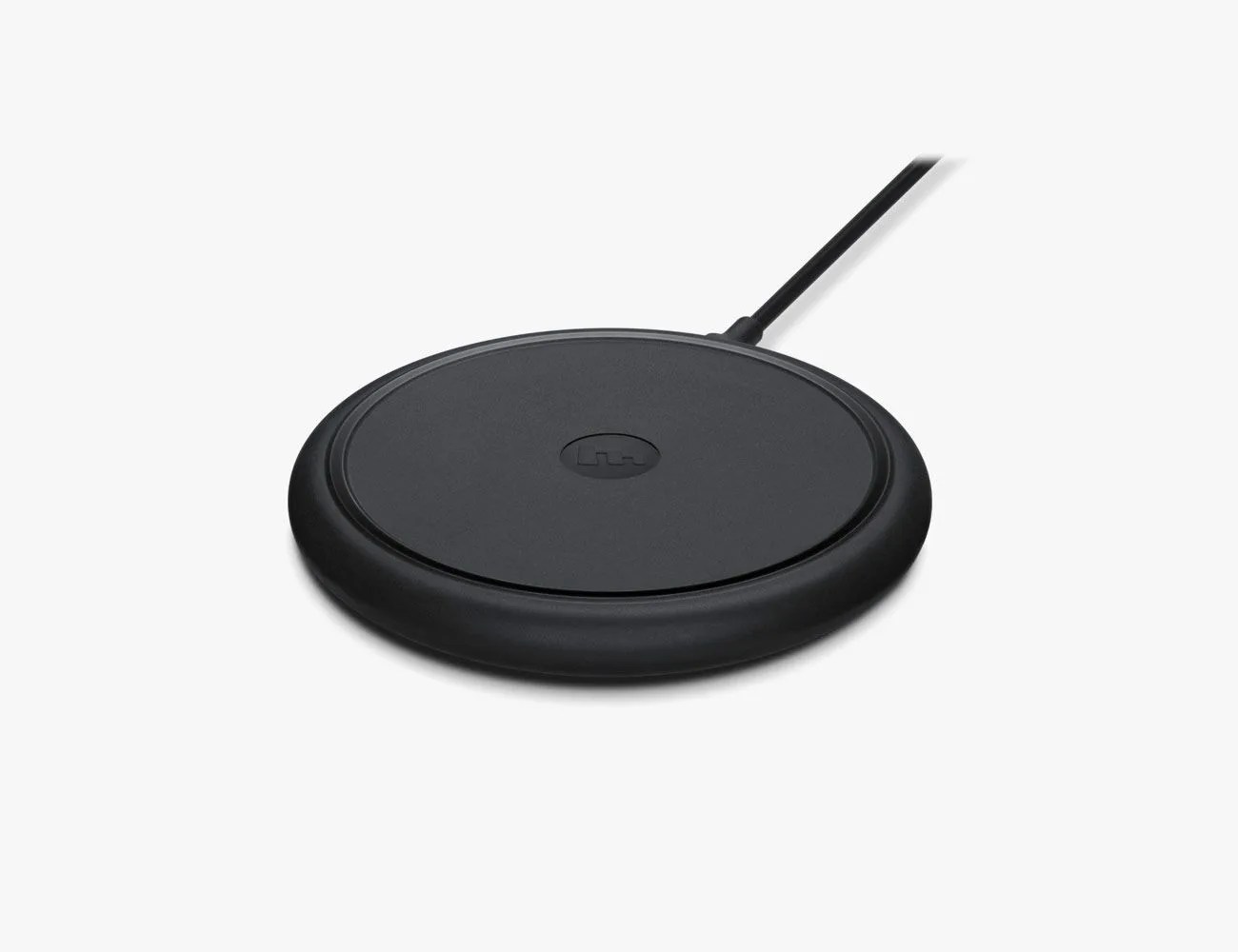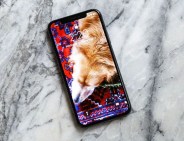Wireless chargers are in vogue this year. They’ve been around for years, it’s true, as many flagship Androids have supported them, but this is the first year that Apple has put its cards on table. Now that the iPhone 8, 8 Plus and iPhone X all support wireless chargers, a heck of a lot are wondering about them. So here’s what you need to know.
Buying a wireless charger is pretty straightforward. As it stands, Qi (pronounced “chee”) is the one wireless charging standard that’s won out — all major smartphones support it. So you’re going to buy a Qi wireless charger. You don’t need to worry about whether your iPhone will work with a Samsung charger, for instance, like you would with certain cables (Lightning, USB-C, micro-USB). It all works. The other thing is that most wireless chargers are relatively similar — you’re not going to find one that’s so much better than the rest, but there are a few things to look out for.
All the best wireless chargers support “fast” or “quick” charging, but understanding what that exactly means can be a little bit opaque. Samsung defines that as outputting 9 watts of power, whereas Apple’s definition of fast charging, which all 2017 iPhones support with the iOS 11.2 update, is outputting 7.5 watts. This power output is also contingent on the fact that the charger is fully utilized. For example, if you’re traveling with your 9-watt wireless charger, but forgot its wall outlet and instead plug it into your iPhone’s USB power adapter ($19), which only outputs at 5 watts, it isn’t going to be able to charge your smartphone to its full capabilities. (And yes, this difference in fast charging standards means the latest Androids can charge faster than the latest iPhones.)
Aside from fast charging, you should look at the design of the wireless charger. All the smartphones that support wireless charging have slippery glass backs, so vibrations can shake them off the pad; you don’t want to wake up to find a dead smartphone because it wasn’t properly placed on the pad. To prevent this, you ideally want a pad with a big and grippy surface area. Also, most people won’t move their chargers from their desk or nightstand, so you should like the way it looks.
Wireless charging isn’t going to be faster than using a wired cord — know that. At best, and depending on the charger and the smartphone, it’s going to be about as fast. But most of the time it’ll be slower. The reality is that it’s still not more convenient to use a wireless charger since your other everyday gadgets — headphones, laptop, Nintendo Switch, Bluetooth speakers, smartwatches — don’t support wireless charging. When that day comes, that’s when these will really catch fire. But there’s still a satisfaction in dropping your iPhone on a surface and seeing it light up. And these are the best pads that’ll do just that right now.
Best Budget Pick: Anker Powerport 10W
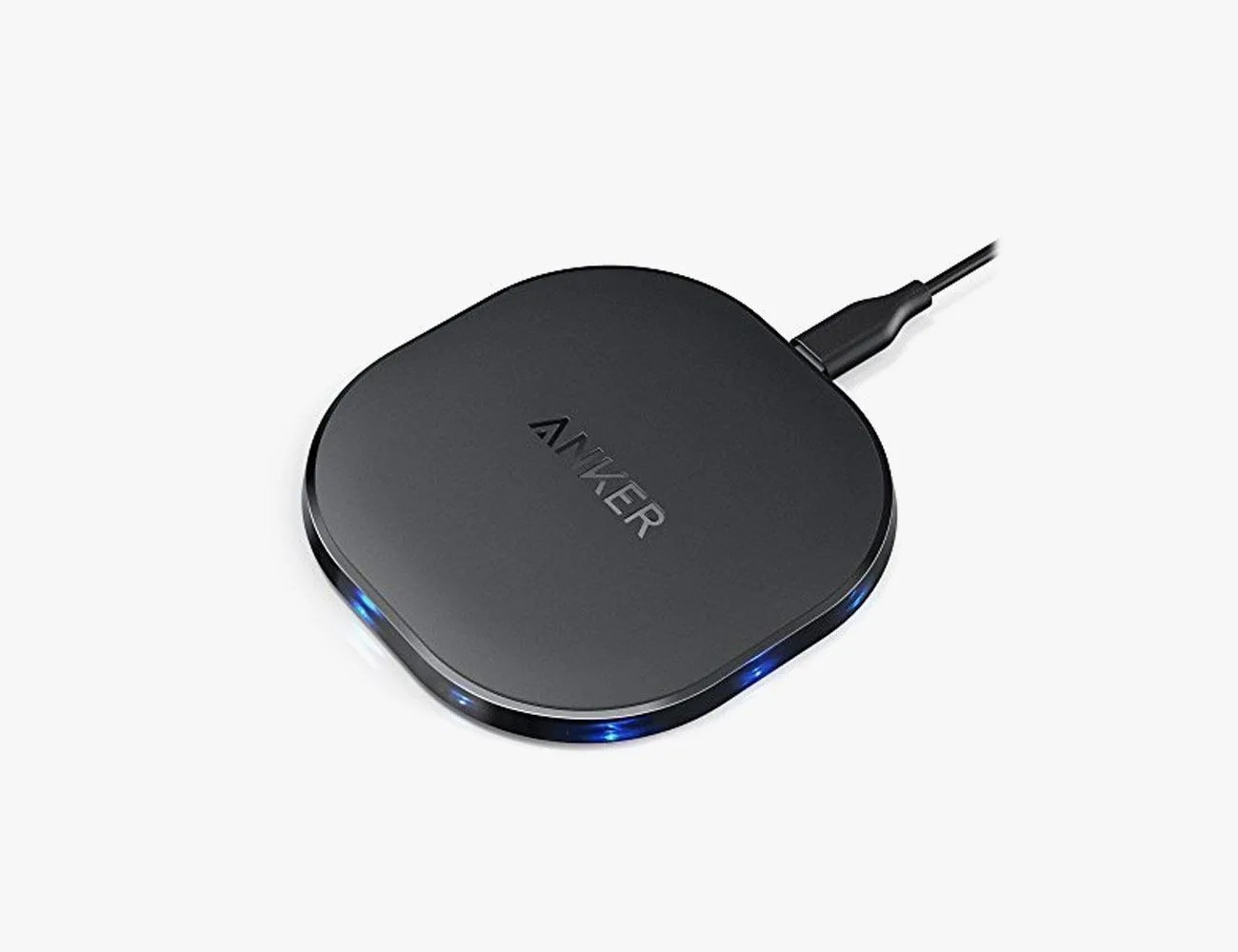
Max charge speed: 10 watts
Noteworthy features: This Anker wireless charging pad is the smallest and lightest charging pad on this list. It’s also powerful. When your phone is charging, a ring of indicator lights glow blue around the device, which looks cool. (These lights only glow for a few seconds, though.) It connects via micro-USB.
Watch out for: The wall adapter is not included, so you’ll have to use one you already own or buy one separately. To get the most out of the charger, you’ll want a 10-watt wall adapter.
Who is it for? Anybody with one of the latest Androids or iPhones and wants something really slender (and cheap) to put their phone on.

